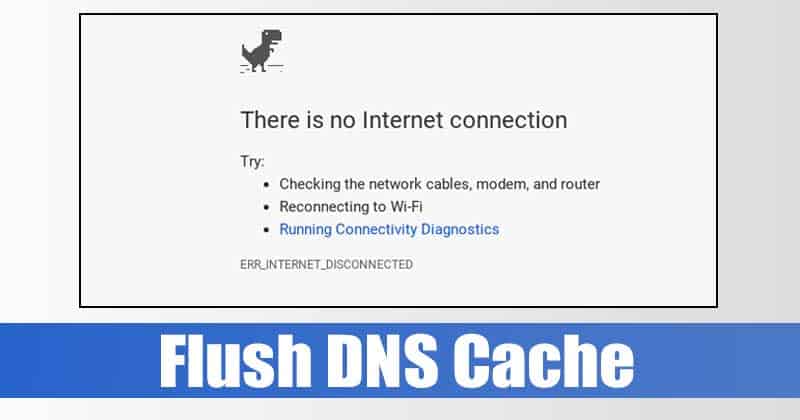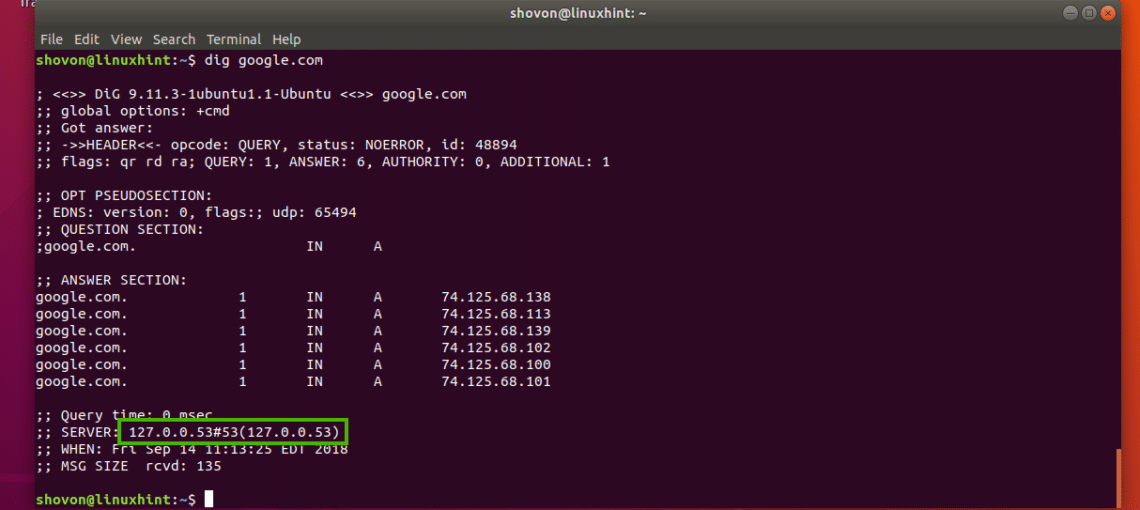
So in many cases there might be three, maybe even four, layers of caching: in Windows, in your router/modem/gateway, at your ISP, and maybe a second layer deeper at the ISP. der eingetragene Nameserver scheint völlig ignoriert zu werden. Leider habe ich Schwierigkeiten mit DNS bzw.
Tinywall flushing dns windows#
Hallo zusammen, zu Testzwecken habe ich ein FreeNAS V11 aufgesetzt und dies soll in eine Windows Domäne gebracht werden. Once someone asks the DNS server at 8.8.8.8 about the domain, it gets cached on that server as well. Nameserver lässt sich nicht konfigurieren. However, the configured DNS server, be it your router's, your ISP's, or a public one (e.g. What ipconfig accesses is your computer's local cache of information looked up from DNS if you flush the cache on your computer and try to access any domain, the computer has to ask the configured DNS server again. It is physically impossible to flush all records in DNS, because DNS – the Domain Name System – is hosted on many servers over the entire Internet, and you would have to destroy all of them.

If one asked "why, after I change something in my domain and run /flushdns, I still don't see my changes?" It's a nice trick to avoid re-reading /etc/hosts every time a name has to be resolved. Windows will automatically clear your DNS cache files and reset the DNS resolver cache. The DNS Resolver automatically reads your /etc/hosts (actually %SystemRoot%\system32\drivers\etc\hosts) and uses it to fill the Resolver cache so that these names wouldn't have to be actually looked up on DNS. Type the following command and hit Enter: ipconfig /flushdns.The DNS Resolver has the handling of some special names hardcoded (such as localhost).A program is repeatedly resolving some domain, so its information gets cached almost immediately again.

If one asked "why do some entries remain in ipconfig /displaydns even after I have flushed them with /flushdns?", it would have several possible answers:


 0 kommentar(er)
0 kommentar(er)
